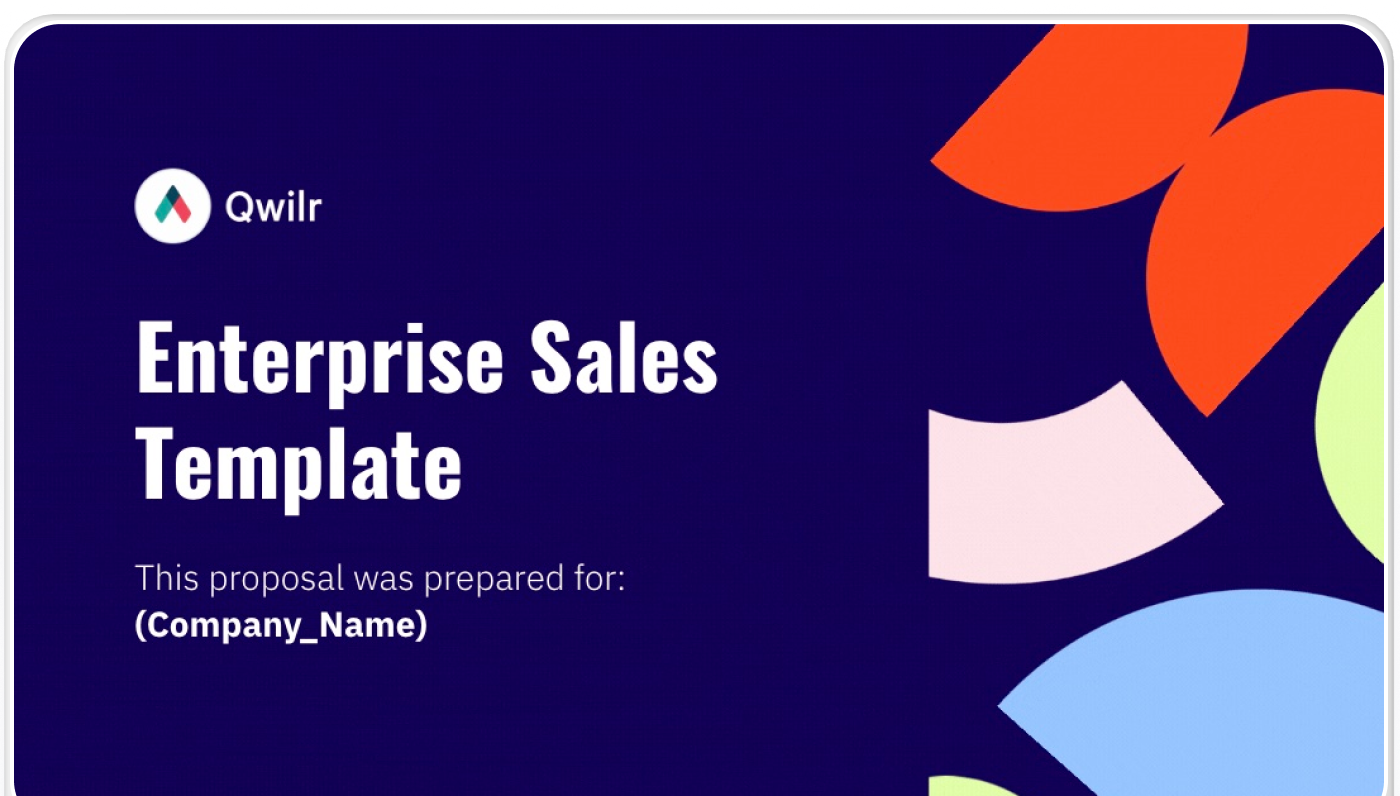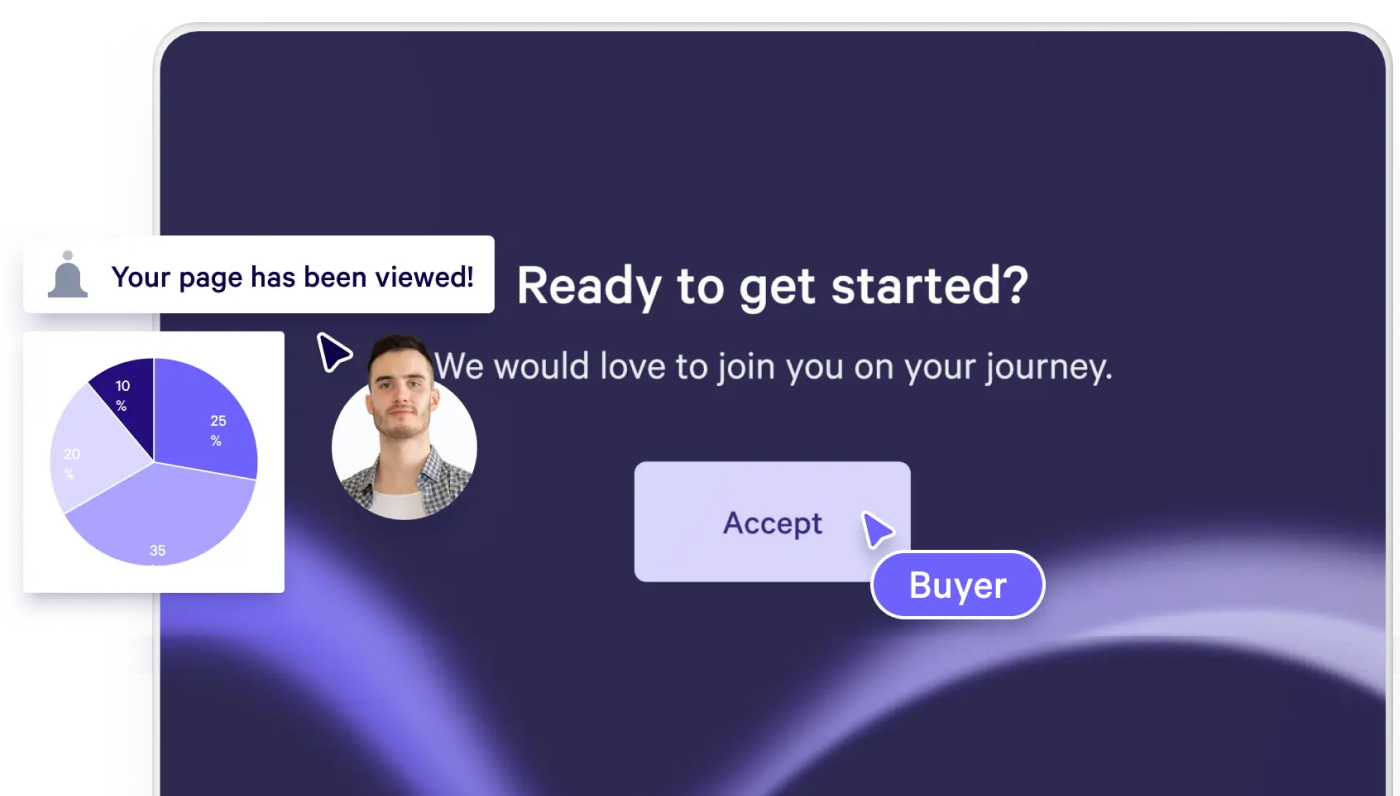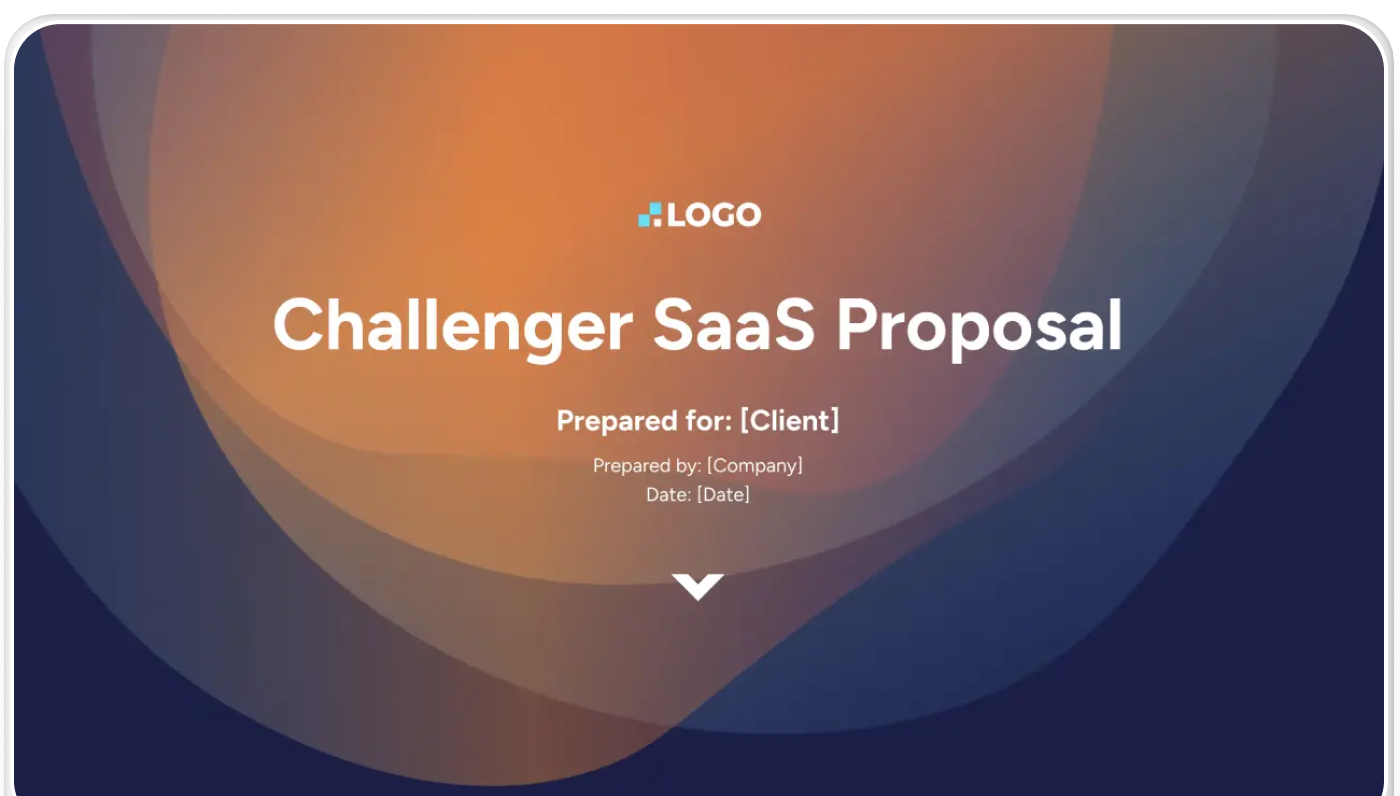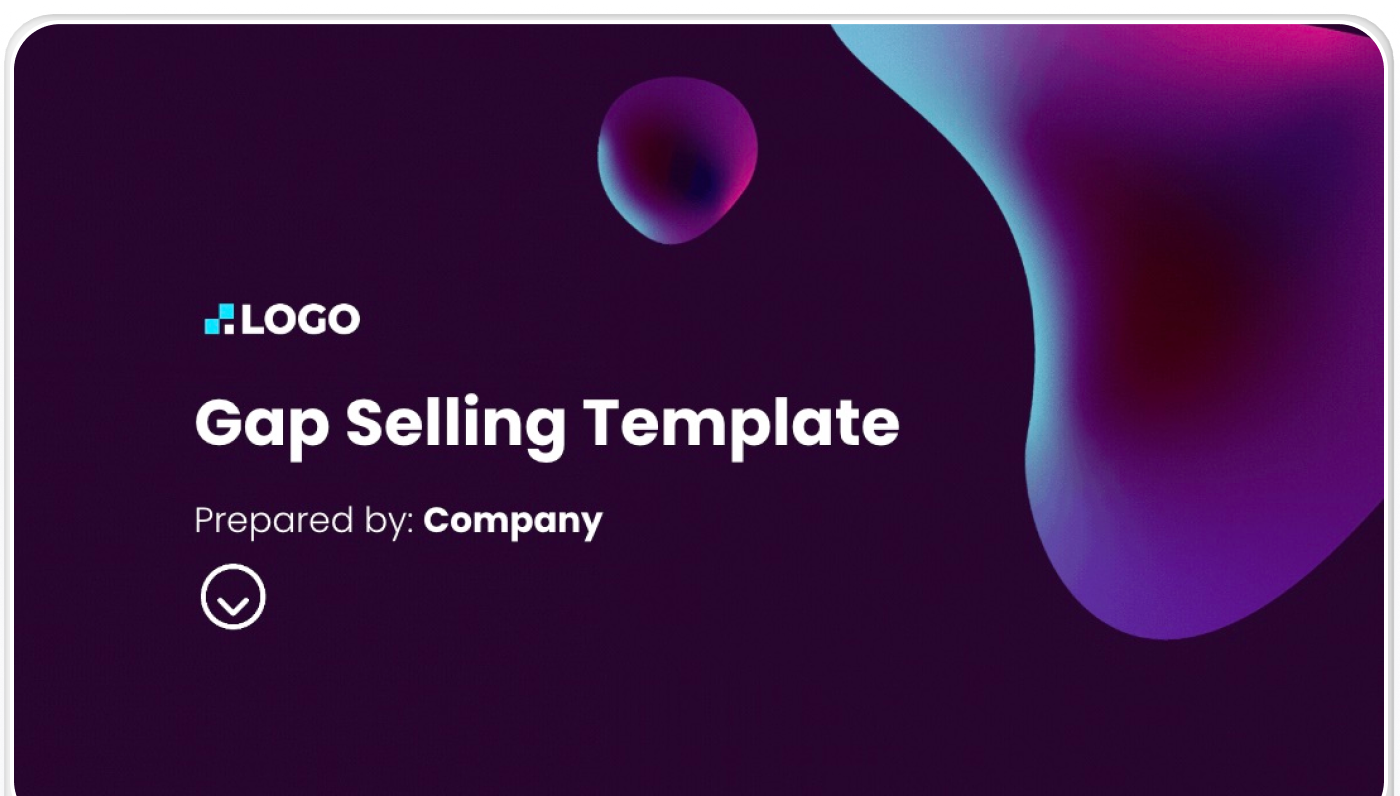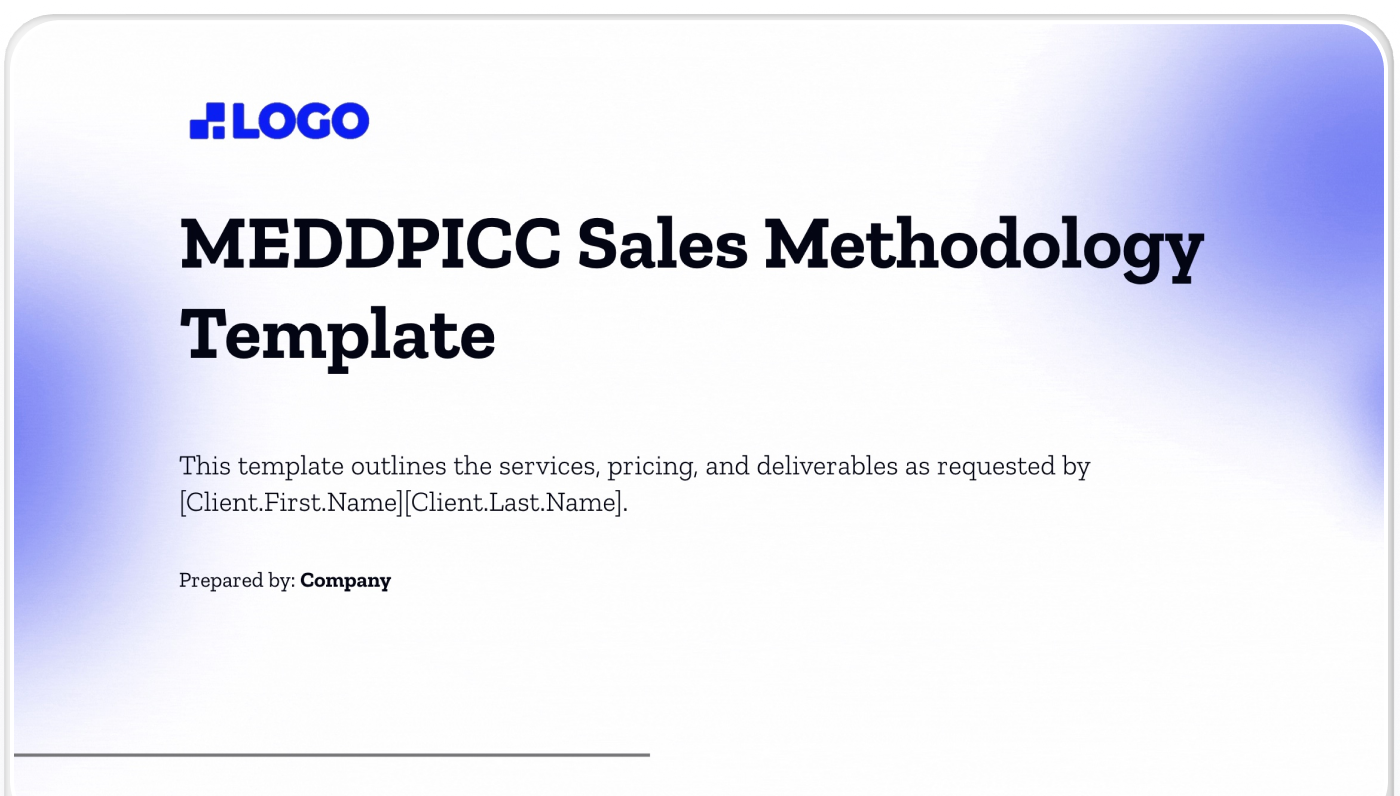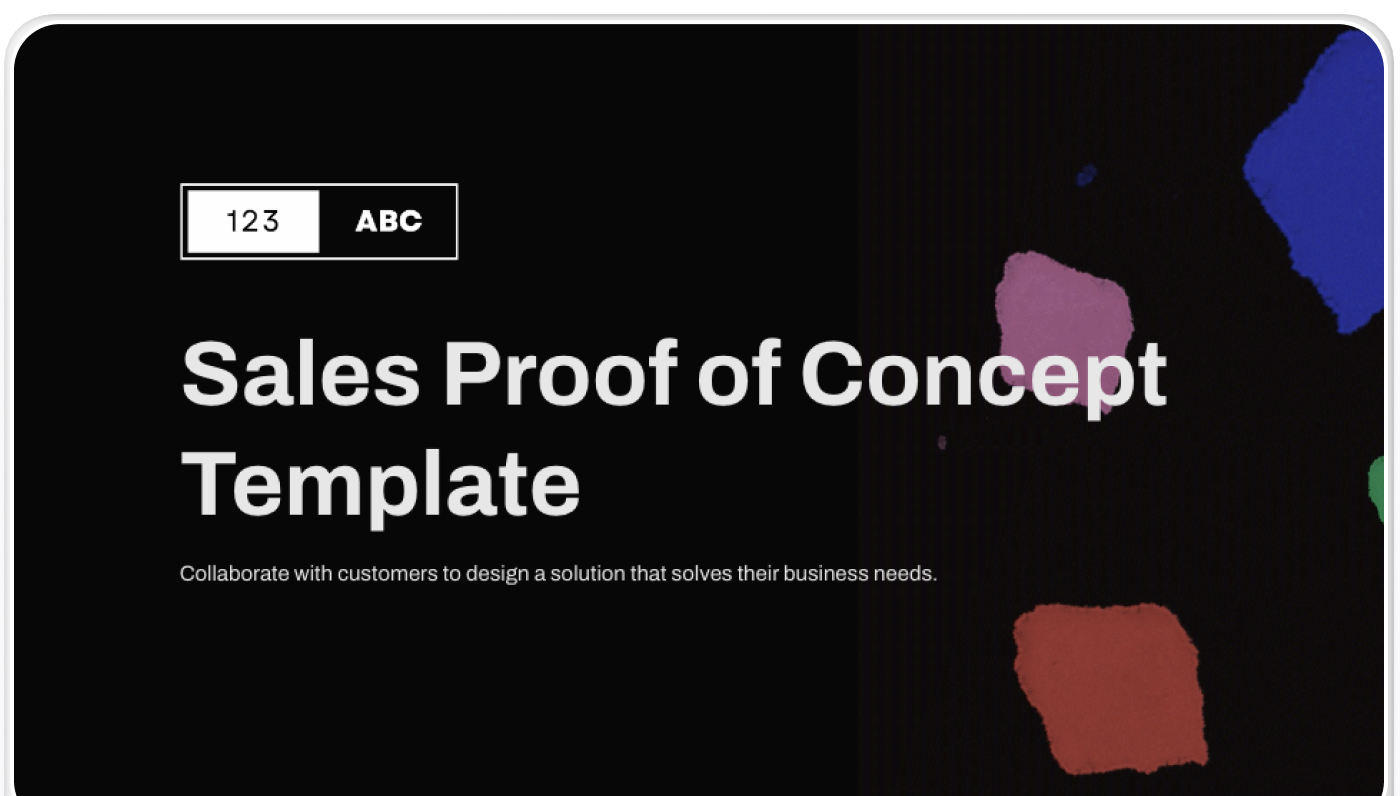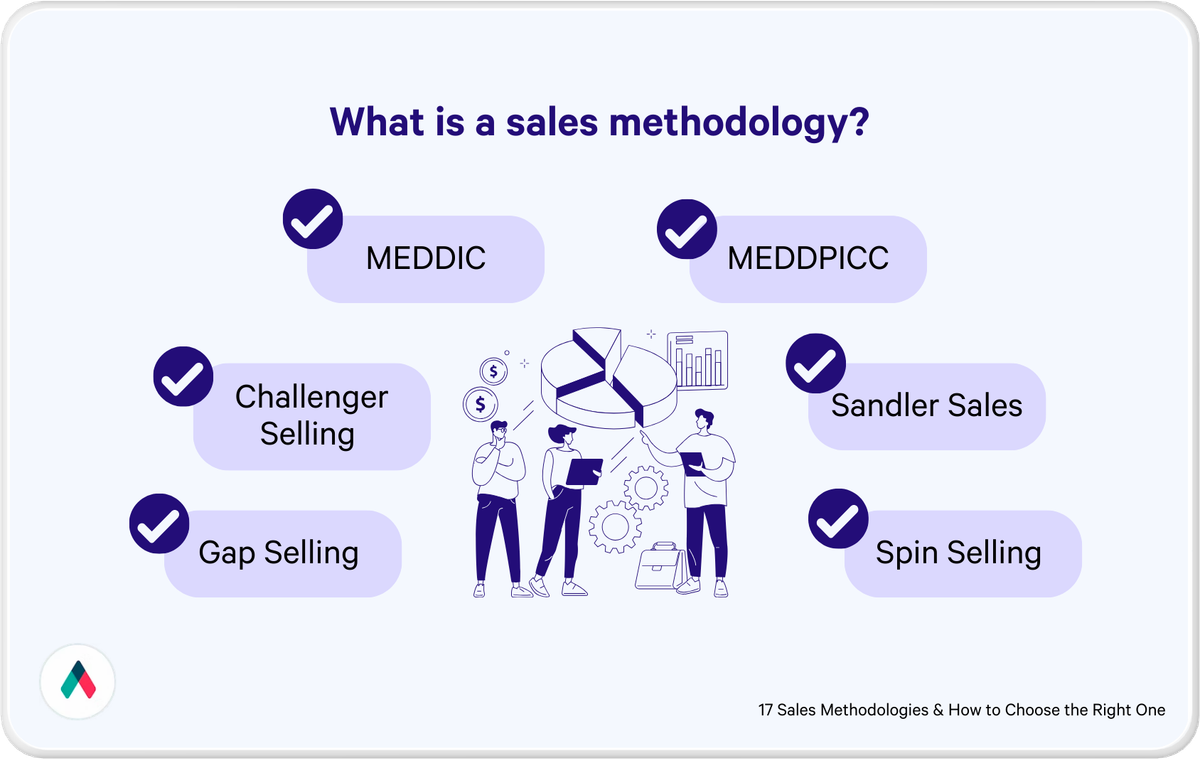
When implementing new technology in an enterprise organization, there is a lot to consider. More people across more places make purchasing, installing, and adopting a new tool uniquely challenging.
So, if you sell SaaS products to enterprise organizations, it’s no surprise that you face some unique challenges that your colleagues, the salespeople who sell to SMBs or small, independent organizations, don’t... or at least not to the extent you will.
To help you reach your sales goals and get more deals to close, we’ve put together some research-backed strategies to help you overcome common challenges in enterprise SaaS sales and create a sales strategy that beats the competition.
What is enterprise saas sales?
Enterprise Saas sales, often referred too during complex sales, is the process of selling high-ticket, custom software deals to very large and complex organizations. During saas sales you may need to create a consultative strategy to engage prospective buyers through the sales process, including creating a detailed onboarding plan to support your prospective customer in making a big change to their tech stack and to drive adoption of your tools in your prospect’s organization.
What challenges have to be overcome in enterprise SaaS sales?
While every salesperson faces challenges, some are specific to enterprise sales, especially when selling SaaS products. Here, we’re breaking down a few of the most common challenges and providing some tips for overcoming them.
Making minor adjustments to your go-to-market strategy can significantly impact your sales team’s morale and ability to overcome these challenges.
Keeping a full pipeline
Regarding enterprise SaaS sales, the customer pool may be smaller and more well-defined than other types of markets. This is because the customer criteria might be more specific. For example, if your sales team is going after companies with more than 20,000 employees in the United States, only so many companies fit this criteria.
According to the NAICS Association, only 600,947 companies have over 20,000 employees. So, while that might sound like a large number, as your sales team qualifies opportunities, this number will be significantly reduced. Let’s say you only sell to higher education institutions, law firms, or professional services providers; these types of businesses in this size range are a smaller subset.
Another reason it may be hard to keep the pipeline full of active potential deals is that in enterprise sales, the contract lengths may be longer, so even if prospective customers want to meet with your team, they might be locked into a contract with your competition. The average length of SaaS contracts can vary widely but seems to be about 14-18 months.
Having your sales reps or account executives spend some time doing a bit of due diligence and making note of contract expiration dates can help the team better plan to engage with these prospects and can help with forecasting.
Compelling decision-makers to take action
Another challenge enterprise SaaS salespeople face is compelling decision-makers to take action. Investing in new technology at scale can be risky for a large organization. They need to be assured that they will see a return on their investment and that the technology will be adopted within their organization.
According to research from McKinsey, when it comes to digital transformation projects, “Two out of three large programs regularly exceed initial budgets, miss schedule estimates, and underdeliver against business objectives and benefits, often by significant margins.”
They call out, “Our past research has found that 25 to 40 percent of programs exceed their budget or schedules by more than 50 percent. This failure rate is especially debilitating for the business because large programs are typically of critical importance—for example, for consolidating multiple financial systems to enable better operational insights or for implementing health insurance enrollment systems.”
Research by Garner also confirms this. Their report, 5 Ways the Future of B2B Buying Will Rewrite the Rules of Effective Selling, explains, “Successful B2B purchase decisions are effectively contingent on customers’ ability to successfully navigate complex institutional change. Over 80% of customers voiced uncertainty in their own ability to manage such change, and their suppliers must share in that concern.”
With data like that floating around the business community, it can take a strong seller to even initiate the possibility of a digital transformation project in this environment. While overcoming objections is a key part of selling, especially in b2b SaaS, this could be a big one to overcome.
Another reason it’s essential to compel decision-makers and key stakeholders to get on board is that they can significantly lengthen the sales cycle. These decisions are almost made in a group or by a committee, and it can take more time to get more people to agree and come to an agreement. This work can fall to the salesperson and an internal champion who supports making a change. According to research from Gartner, the average B2B buying team is generally made up of 11 people and occasionally as many as 20.
When buying committees get this large, it can be hard, if not impossible, to be a part of every conversation. Nate Nasralla suggests that in addition to building strong champions in the organization (yes, plural), you also help co-author the business case for your solution:
Creating custom collateral and proposals
Another trend Gartner highlighted was that customers now reward rich virtual buying experiences. They say, “As compared to B2C brands (admittedly, with far simpler products), B2B organizations have fallen woefully behind the seamless, easy, and informative standard of B2C digital platforms.
As more business customer learning and buying activity shift online, invariable comparisons to digitally advanced online retail, travel, and media companies will be unavoidable. “We’re different because we’re B2B” is no longer an acceptable excuse.
They also call out that chief sales officers (and their sales organizations) failing to adjust will dangerously expose themselves to disruptive competitors able to innovate digital-first customer experiences from a blank slate.
Using proposal software like Qwilr to create rich, engaging, and personalized materials will give your SaaS company a leg up on the competition and delight potential buyers. The Qwilr proposal and collateral builder allows sellers to integrate videos, interactive graphics, and dynamic pricing calculators into their collateral and proposal templates. This demonstrates how an engagement with the organization will work once a contract is signed.
With more and more information available to prospective customers, it’s more critical than ever for B2B SaaS companies to create collateral and write proposals that stand out. Qwilr's SaaS proposal templates can help with doing just that.
The Gartner report also states, “As B2B buying increasingly moves online, both the substance and the scope of seller behavior will have to adapt to stay relevant, focusing increasingly on Sense Making and Change Enablement.” So, you win in today's environment by having a standout proposition that speaks to how your organization will support a prospective customer’s change management and provide exceptional customer support.
You can also find our enterprise sales proposal template below:
Beating the competition
As we've already discussed, SaaS can be a competitive space when selling to enterprise customers (of which there may be a finite amount). According to Fortune Business Insights, The global Software as a Service (SaaS) market size was valued at USD 237.48 billion in 2022, and it is projected to grow from $273.55 billion in 2024 to $908.21 billion by 2030 at a CAGR of 18.7%.
There are many ways to stand out in what is likely to be a crowded market. Determining what differentiators you will use early in your sales journey is critically important. Competing on price alone will generally not work well, as having a healthy margin is critical to having much-needed capital to invest in product enhancements and a scalable development cycle.
Another reason to avoid competing on price alone is so that you’re not in a race to the bottom. If your only competitive advantage is the lowest price, what happens when a competitor finds a way to undercut you? You’re looking at a lot of churn and what will essentially be a more transactional sales model with cycles of organizations signing up for your service and then quickly churning out when they find a solution with a lower price or more features.
How to establish an effective enterprise SaaS sales strategy
Your strategy to sell to enterprise customers will depend on several factors. To start bringing qualified leads into your enterprise sales process, you’ll need to do a little work upfront to define the type of enterprise clients you want to serve and how you’ll go after them.
Identify your USP and your customer personas
As mentioned in this article, there can be a lot of competition in the enterprise SaaS space. You must do a little work upfront to carve out your niche and begin making a name for your product.
Defining your unique selling proposition (USP) will set your SaaS product apart from the competition. It makes your offering a high value to the right new customers. This unique proposition can come from the features you offer, the onboarding customer support you provide, your customer success team, or even the return your prospect can expect to see on their investment.
In tandem with your USP, you also want to develop your customer persona or personas. These bring your customers to life and help your sales teams (and marketing) craft better messaging to appeal to potential customers.
When it comes to lead generation and outreach, creating an audience with the same attributes as your persona (or personas if you serve several different verticals or industries) can be helpful to get started. As these prospects move into your sales pipeline and through the process, you will be able to gather data to refine your personas and improve your messaging.
Create your sales playbook
Sales playbooks can be invaluable tools for sales team members. The playbook should contain valuable information that is easy for them to access at the right moment as they guide prospects through the sales funnel.
At the beginning of the SaaS sales cycle, it should contain key discovery questions to help them qualify opportunities. These questions will help screen out prospects who don’t embody your ideal customer profile or who aren’t sending out buying signals.
The playbook should help sales reps dive deep into discovery, probing prospects to uncover pain points and the underlying reasons they need to make a change. It should guide sellers to gather enough information to craft a solution that explains clearly how your product will solve their problem.
The next chapter of the playbook should focus on preparing a SaaS proposal or formal sales presentation that clearly lays out a solution. In this section, you might include some case studies, typical objections the salesperson might come across, and ways to overcome them, as well as different customizations, upselling opportunities, and other features like personalized onboarding or a dedicated customer success person that the rep can offer to sweeten the deal. While we’ve talked about not competing on price alone, the playbook may contain some different pricing options to help prospects maximize their value. This could include a lighter version of your product with limited functionality or a financial incentive for signing a longer contract.
You also want to be sure to include templates and ideas for follow-up after the proposal and presentation so sales representatives can keep the momentum and keep prospects engaged while nurturing the relationship. This might include email templates, phone scripts and even ideas for engaging voicemails.
The final pieces of the playbook should be dedicated to everything a rep needs to close deals. This might include annual contract language, onboarding plans, introductions to the account manager, and even a thank you note template when the deal is signed.
Knowing that customer relationships are critical in enterprise SaaS sales, the playbook should conclude with some ideas for touchpoints with the customer across the contract's life. This could include checking in after the first month, quarter, or six-month anniversary to ensure everything is going well. If the answer is yes, these check-ins may also be good opportunities to upsell or try to increase the value of the contract.
Structure your SaaS sales team
Your plays are planned, and you’re ready to go. Now, it’s time to think about how you’re structuring your team. To run SaaS sales processes effectively, you want the right mix of sales leadership and boots on the ground. Your product, services, and customer mix will generally dictate how many people you need and at what level. A few key roles to consider as you build a successful SaaS sales model are:
Sales Leaders - These team members are responsible for the overall strategy and direction. They work with sellers to improve performance and provide executive support and coaching when needed.
Directors of Business Development (DBD) or Account Executives (AE) - These team members are the boots on the ground. They’re the ones closing deals and working directly with prospects until they sign. They will generally turn new customers over to a partner in customer success or operations but may still check in throughout the life of the contract.
Sales Development Representatives (SDR) - These team members specialize in outreach and qualifying opportunities. This important role helps free up the DBDs and AEs to focus on opportunities that are likely to close and that have the right lifetime contract value for the company.
Sales Support or Sales Operations Managers - The backbone of the operation, this group oversees the tech stack, may help with advanced reporting or analytics, and can liaise with the marketing team as needed to help ensure cohesion between the groups.
Sales Admins - Sales administrative professionals provide support with tasks that can take a lot of the sales leadership, DBDs, and AE’s time away from selling. This includes scheduling meetings or travel and drafting agendas, proposals, or contracts. Sending collateral or follow-ups, and they may be able to help with keeping the CRM up to date.
Sales Enablement - The sales enablement team can help keep that sales playbook up to date. They provide sales enablement tools, training, and resources to best support the sales team.
Keep track of performance with sales metrics
We all know the old saying what gets measured gets managed. And when it comes to sales performance, this is definitely true. So, sales leaders, along with their counterparts in sales enablement or operations, want to ensure they track the metrics that matter most to the organization and help predict growth.
These might include:
- Number of outbound calls or emails
- Number of deals in each stage of the sales funnel
- Qualified opportunities in the pipeline
- Presentations or proposals delivered
- The ratio of deals won to deals lost
- Churn rate
- Average contract length
- Customer satisfaction or net promoter score
You can use a sales compensation management tool, like QuotaPath, to enable reps to forecast their earnings according to their pipeline.
Sales methodologies to complement your enterprise GTM
As you might be able to see from the challenges you need to overcome in b2b SaaS sales, how you sell is as important as what you sell when it comes to a winning strategy. While sales methodologies provide a general framework that can be tailored to your product, your place in the market, and even your sales team, they aren’t magic bullets. Starting with the right SaaS sales methodology can enhance your GTM strategy, help shorten your sales cycle, and possibly lower customer acquisition costs.
These methodologies are particularly well-suited for enterprise saas sales.
The Challenger Sales Methodology
The challenger sales methodology literally allows sales reps to challenge the status quo for their prospects and customers. Through a series of conversations, the rep is able to establish pain points (some of which a prospect might not even know they have)and craft a solution to that business pain that leads to their solution and only their solution.
This type of selling positions the rep as a trusted advisor and works best with complex sales and enterprise-level conversations. If your SaaS product is sold more transactionally, this type of sales methodology may be more complicated than you need at this point in your SaaS business.
Gap Selling
Another sales methodology that’s well suited to enterprise SaaS sales is gap selling. In this methodology, sales pros work with potential customers to understand their world and corresponding pain points as well as their ideal scenario. The delta between these two scenarios is the ‘gap,’ and this methodology focuses on the sales rep showing their potential customers how, with their solution, they can close the gap.
For example, a company selling a SaaS product with advanced functionality around automation might work to learn areas of a prospective customer’s business where labor-intensive data entry is still needed. The prospect may express ways in which they’d like to reduce labor costs or overhead. The salesperson can then demonstrate how the SaaS product’s automation features can be configured to take up to 80% of that manual work and automate it.
The sales rep may also show the roadmap to getting the software in place so that the prospect feels more confident that the investment will pay off and that they’ll have support in hitting that 80% automation metric within a specified time frame.
MEDDPICC
MEDDPICC is a methodology that can be used to qualify opportunities. This is ideal in situations where you’re looking at long sales cycles with a lot of stakeholders or a big buying committee, like enterprise SaaS sales. The letters are an acronym for metrics, economic buyer, decision criteria, decision process, paper process, identify pain, champion, and competition. The salesperson or account executive responsible for the deal must identify or discover all of these things in order to move the deal forward.
Proof of Concept Sales
One more sales methodology made for SaaS, especially enterprise SaaS sales, is the proof of concept methodology. This is where the sales rep will actually provide proof that the SaaS product will work for the customer.
In this methodology, the sales rep and the buying team will align on the use case for the enterprise software or tool in question. The rep will then be able to provide a demonstration of the software in the specific use case, thus providing a proof of concept in a persuasive way to compel the client to sign on the dotted line.
Using a different sales methodology and curious how your sales enablement collateral can reinforce your enterprise SaaS motion? Check out some of our recently created templates, including MEDDIC, Spin Selling, and BANT.
Creating a repeatable sales strategy for enterprise SaaS sales success
When it comes to selling SaaS products to enterprise customers, personalization and customization are the name of the game. As we’ve demonstrated, buyers need to understand how they will see a return on their investment and how you will support them through making a big change.
This doesn’t mean starting from scratch every time a salesperson begins working on a new enterprise deal. You can create tools and templates that can easily be personalized for each unique customer and their situation. These materials should tell the story of how your product will resolve a business pain point and help modernize the technology stack.
At Qwilr, we’re here to help. We make it easy to create robust collateral and customizable sales proposals with a few clicks of a button. When it comes to gathering those data points, we provide robust analytics capabilities so sales reps can see who has engaged with their content, when, and for how long!
Want some proof of concept that this will work for you and your team? Schedule a demo, and we’ll gladly walk you through it.
About the author

Marissa Taffer|Founder & President of M. Taffer Consulting
Marissa Taffer is the Founder & President of M. Taffer Consulting. She brings over 15 years of sales and marketing experience across various industries to a broad range of clients.
